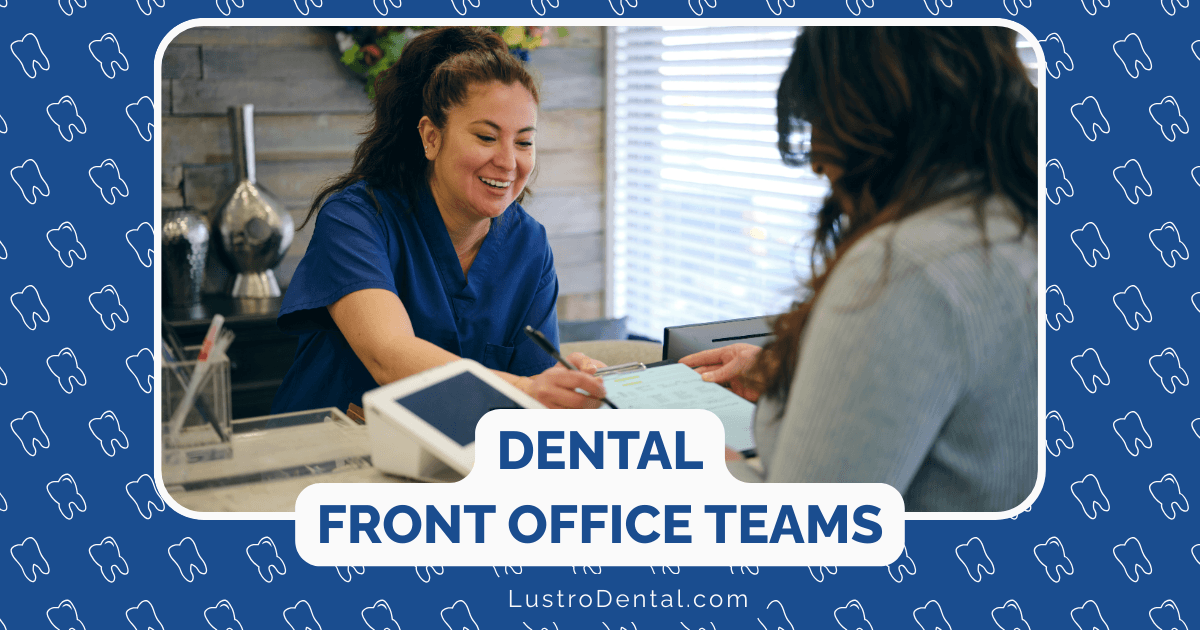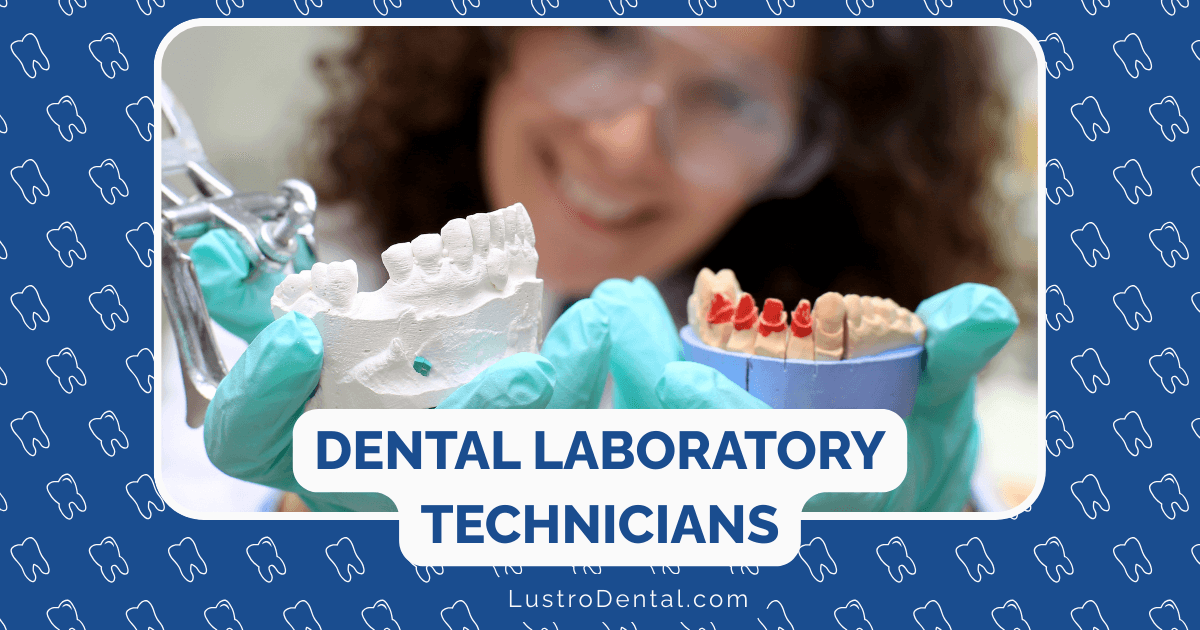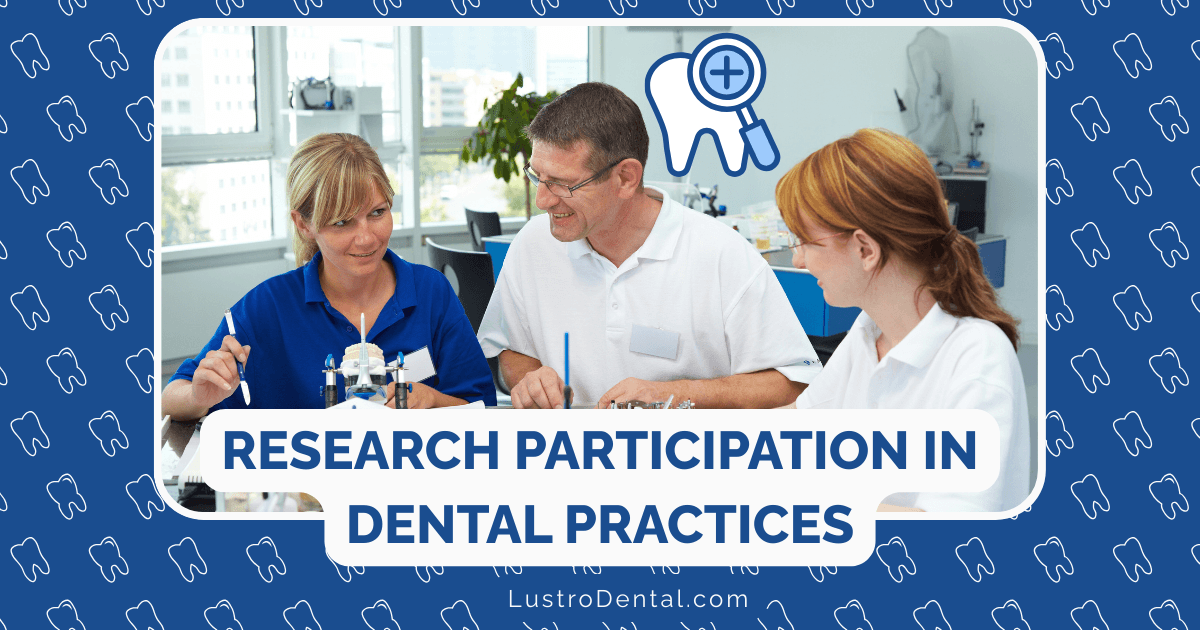Water Conservation in Dentistry: Innovations Reducing Usage

When you think about water-intensive industries, dentistry might not immediately come to mind. However, the average dental practice consumes a staggering amount of water—between 60,000 and 200,000 gallons annually, according to a study published in the British Dental Journal. That’s equivalent to filling a thousand hot tubs or supplying a family of four for more than a year.
The good news? Innovative technologies and practices are transforming how dental offices use water, dramatically reducing consumption while maintaining—and often improving—clinical outcomes. Let’s explore the water conservation revolution happening in modern dentistry.
Understanding Water Usage in Dental Practices
Before diving into solutions, it’s important to understand where and how water is used in dental settings:
Major Sources of Water Consumption
1. Vacuum Systems
Traditional wet vacuum systems are the single largest water consumers in most dental practices:
- Typical usage: 350-500 gallons per day
- Annual consumption: Up to 180,000 gallons per year for a single system
- Function: Creates suction for removing fluids, debris, and aerosols during procedures
2. Sterilization Equipment
Autoclaves and instrument washers require significant water for proper operation:
- Standard autoclave: Uses approximately 1 gallon per minute during operation
- Annual consumption: A busy practice can use 40,000+ gallons annually just for sterilization
- Function: Critical for infection control and instrument processing
3. Dental Units and Handpieces
The tools used directly in patient care consume water in several ways:
- Coolant spray: Water cools both the tooth and instrument during procedures
- Irrigation: Cleans the treatment area and improves visibility
- Line flushing: Regular flushing prevents biofilm formation and ensures water quality
4. General Office Usage
Like any facility, dental offices use water for:
- Restrooms: Staff and patient facilities
- Cleaning: General office maintenance
- Kitchen/break areas: Staff consumption and dishwashing
Dr. Sarah Chen, a sustainability consultant for dental practices, notes: “Many dentists are shocked when they realize just how much water their practice consumes. A single operatory can use more water in a day than an average household.”
Innovations Reducing Water Usage
The dental industry has developed impressive technologies to address water consumption. Here are the most impactful innovations:
1. Dry Vacuum Systems
Perhaps the most significant advancement in dental water conservation is the dry vacuum system:
How They Work
Unlike traditional wet systems that use water to create suction, dry vacuum systems use air:
- Technology: Air-driven pumps create powerful, consistent suction
- Installation: Can be retrofitted into existing practices or installed in new facilities
- Performance: Equal or superior suction compared to wet systems
Environmental Impact
The water savings are dramatic:
- Water reduction: 100% elimination of water used for vacuum operation
- Annual savings: Up to 180,000 gallons per practice
- Additional benefits: Reduced sewage fees and lower environmental impact
According to Eco Dentistry Association, only about 10% of dental offices in the U.S. have adopted dry pump technology, despite its potential to reduce practice water usage by up to 77%.
Leading Systems
Several manufacturers offer high-performance dry vacuum options:
- Solmetex NXT Tankless Dry Vacuum: Features tankless design for space efficiency and consistent suction
- RAMVAC Badger Waterless: Operates at lower RPMs for energy efficiency with a 10-year warranty
- BaseVac Dental Dry Vac: Uses oil-free rotary vane technology for powerful suction up to 25″ Hg
Dr. James Wilson, who transitioned his practice to a dry vacuum system in 2020, reports: “Beyond the environmental benefits, we’ve seen a significant reduction in our utility bills—nearly $400 monthly in combined water and sewage savings—while experiencing more consistent suction power.”
2. Water-Efficient Sterilization Technology
Modern sterilization equipment has dramatically reduced water requirements:
ECO Sterilizers
New generation autoclaves incorporate water-saving features:
- Closed-loop systems: Recycle and reuse water during the sterilization cycle
- High-efficiency heat exchangers: Reduce water needed for cooling
- Water quality monitoring: Ensures optimal usage without waste
Impact
The water savings from advanced sterilizers are substantial:
- ECO 1 option: Reduces water consumption by approximately 35%
- ECO 2 option: Achieves over 90% reduction in water usage
- Consolidated’s Water Eco Series: Saves up to 99% of water used by traditional autoclaves
Research from ResearchGate indicates that a single eco-friendly autoclave can save approximately 60,000 gallons of water per year, translating to around $100,000 in savings over 15 years.
Instrument Washers
Modern instrument washers also incorporate water-saving technologies:
- Fast cycle washers: Use precise water amounts for effective cleaning
- Water recycling features: Capture and reuse water when appropriate
- High-efficiency spray systems: Maximize cleaning with minimal water
A fast cycle washer disinfector can save about 54,000 liters of water per year compared to older models, according to sustainability research.
3. Digital Dentistry Technologies
The shift to digital workflows has created unexpected water conservation benefits:
Digital Impressions
Traditional impression-taking requires:
- Mixing materials with water
- Rinsing impressions
- Cleaning trays
- Creating and trimming plaster models
Digital alternatives eliminate these water-intensive steps:
- Intraoral scanners: Capture precise 3D images without physical materials
- CAD/CAM technology: Design and mill restorations without physical impressions
- Digital file storage: Eliminates need for physical model storage and reproduction
According to Your Dentistry Guide, digital impressions not only improve patient comfort but significantly reduce water usage associated with traditional methods.
Digital Radiography
Traditional X-ray processing requires:
- Chemical developers
- Fixers
- Water for rinsing and processing
Digital radiography eliminates these requirements:
- Sensor technology: Captures images electronically
- Instant results: No processing required
- Zero chemical waste: No developer or fixer needed
Dr. Lisa Chen of Toothopia Dentistry notes: “Beyond the clinical advantages of digital X-rays, we’ve eliminated the need for a darkroom with running water and chemical disposal, saving thousands of gallons annually while providing superior diagnostic images.”
4. Water-Efficient Dental Units
Modern dental delivery systems incorporate several water-saving features:
Controlled Flow Technology
- Precision water delivery: Provides optimal cooling with minimal water
- Programmable settings: Customizes water flow based on procedure type
- Auto-shutoff features: Prevents wastage during pauses in treatment
Closed-Loop Cooling Systems
- Water recycling: Reuses water for handpiece cooling
- Filtration technology: Maintains water quality during recycling
- Reduced consumption: Minimizes fresh water requirements
Advanced Waterline Treatment
- Efficient treatments: Require less water for line maintenance
- Biodegradable options: Environmentally friendly alternatives like maxill’s Dental Unit Water Line Treatment Kit
- Reduced flushing requirements: Minimizes water needed for line maintenance
Implementation Strategies for Dental Practices
Water conservation doesn’t require an all-or-nothing approach. Practices can implement changes gradually:
Assessment and Monitoring
Start by understanding current usage:
- Water audit: Measure consumption across different practice areas
- Leak detection: Identify and repair any existing leaks
- Benchmark: Compare usage to industry standards
Prioritizing Investments
Focus on high-impact changes first:
- Dry vacuum systems: Typically offer the largest single reduction in water usage
- Sterilization equipment: Consider upgrading when existing equipment needs replacement
- Digital technologies: Implement as part of broader practice modernization
- Efficient fixtures: Install low-flow faucets and toilets throughout the facility
Staff Training and Engagement
Employee practices significantly impact water conservation:
- Awareness programs: Educate team members about water usage
- Best practices training: Teach water-efficient techniques
- Recognition: Acknowledge staff contributions to conservation efforts
Dr. Michael Roberts, who implemented a comprehensive water conservation program in his practice, shares: “We involved our entire team in the process, from identifying wasteful practices to suggesting solutions. This created a culture of conservation that extends beyond just following protocols.”
Patient Education
Extend conservation efforts to home care:
- Turning off taps: Encourage patients to turn off water while brushing
- Efficient rinsing: Teach water-saving rinsing techniques
- Sustainable products: Recommend environmentally friendly oral care products
Case Studies: Real-World Success Stories
Studio Z Dental: 77% Reduction in Water Usage
Studio Z Dental in Louisville, Colorado, implemented:
- Dry vacuum system
- Water-efficient sterilization
- Digital radiography and impressions
- Low-flow fixtures throughout the office
Results:
- 77% less water usage than comparable practices
- Annual savings of approximately 150,000 gallons
- Significant reduction in utility costs
- Marketing advantage as an eco-friendly practice
University Dental Clinic: Academic Leadership
A major university dental clinic implemented:
- Closed-loop sterilization systems
- Dry vacuum technology
- Water usage monitoring and reporting
- Student education on conservation practices
Results:
- 65% reduction in water consumption
- Educational model for future dentists
- Research opportunities on conservation efficacy
- Substantial cost savings redirected to student programs
The Economic Case for Water Conservation
While environmental benefits are compelling, the financial advantages often drive adoption:
Cost Savings
- Reduced utility bills: Lower water and sewage charges
- Energy savings: Many water-saving technologies also reduce energy usage
- Maintenance reductions: Systems like dry vacuums often require less maintenance
- Longevity: Modern equipment typically lasts longer than older, water-intensive systems
Return on Investment
According to the British Dental Journal, the estimated maintenance cost savings from switching to dry vacuum pumps alone can reach approximately £16,000 (about $20,000) over five years.
Marketing Advantages
- Patient appeal: Growing consumer preference for environmentally responsible providers
- Differentiation: Standing out in competitive markets
- Community goodwill: Recognition as a responsible business
Future Innovations on the Horizon
Water conservation technology continues to evolve:
Emerging Technologies
- Ultrasonic cleaning systems: Using sound waves to clean instruments with minimal water
- Waterless handpieces: Developing alternatives to water-cooled instruments
- AI-optimized usage: Smart systems that adjust water flow based on procedure requirements
- Biological filtration: Natural systems for processing and recycling dental wastewater
Research Directions
- Material science: Developing dental materials that require less water for processing
- Procedure modifications: Refining techniques to reduce water requirements
- Integration systems: Connecting various practice systems to optimize overall water usage
Getting Started: First Steps Toward Water Conservation
For practices looking to reduce their water footprint:
- Conduct a water audit: Understand where and how water is being used
- Fix the obvious: Repair leaks and replace inefficient fixtures
- Educate your team: Train staff on water-conscious behaviors
- Research options: Investigate technology upgrades that align with your practice needs
- Create a phased plan: Implement changes systematically, starting with highest-impact areas
Dr. Sarah Chen advises: “Don’t let perfect be the enemy of good. Even small changes add up to significant conservation. Start where you can, and build from there.”
The Bottom Line
Water conservation in dentistry represents a rare win-win opportunity—benefiting both the environment and the practice’s bottom line. Through innovative technologies and mindful practices, dental offices can dramatically reduce their water footprint while maintaining or improving clinical outcomes.
As water scarcity becomes an increasingly pressing global concern, the dental industry has both an opportunity and responsibility to lead in conservation efforts. The technologies and approaches discussed here demonstrate that providing excellent dental care doesn’t have to come at the expense of precious water resources.
Whether you’re a dental professional looking to make your practice more sustainable or a patient seeking environmentally responsible care, understanding these water-saving innovations helps support a more sustainable future for dentistry.
What water conservation methods have you observed or implemented in dental settings? Share your experiences in the comments below.







